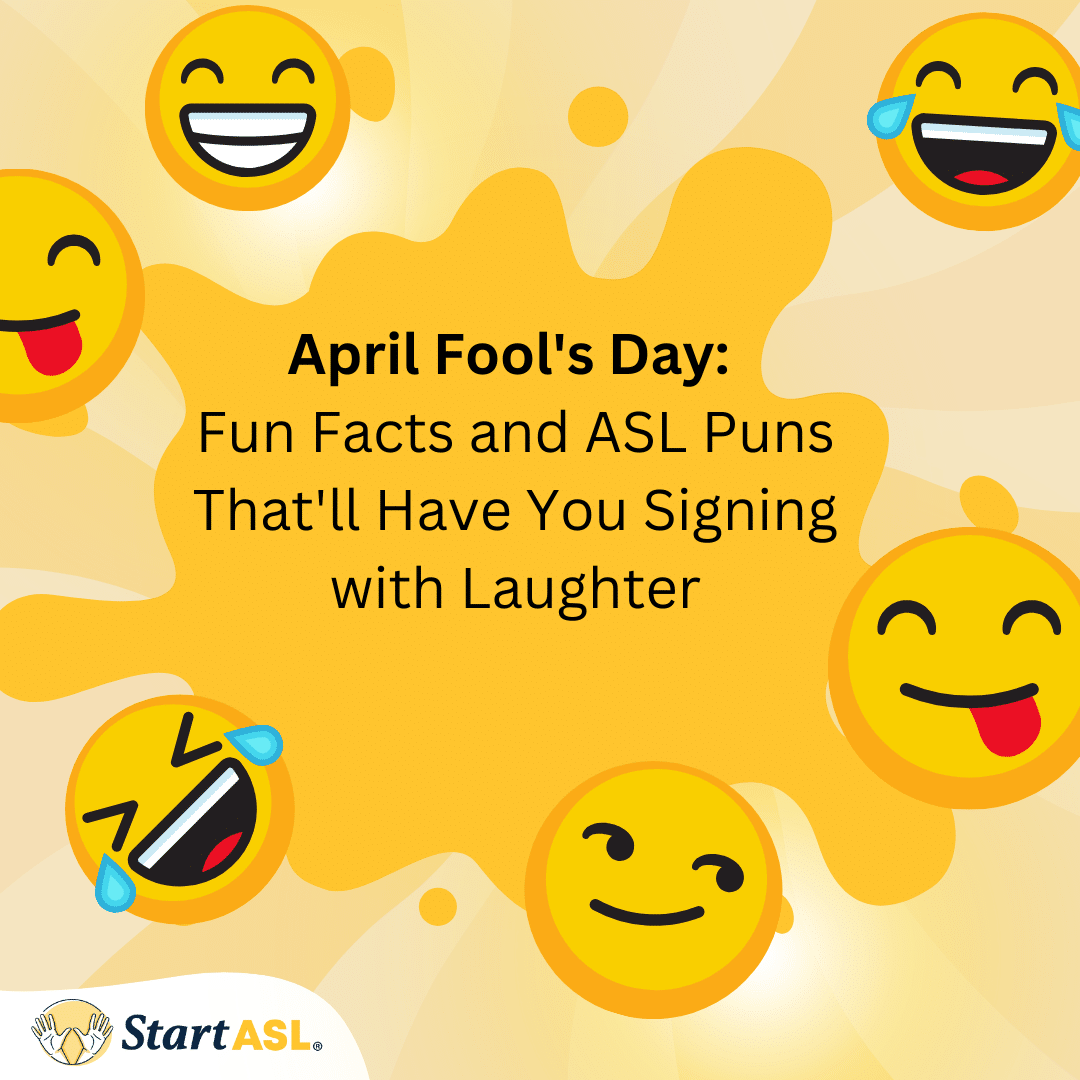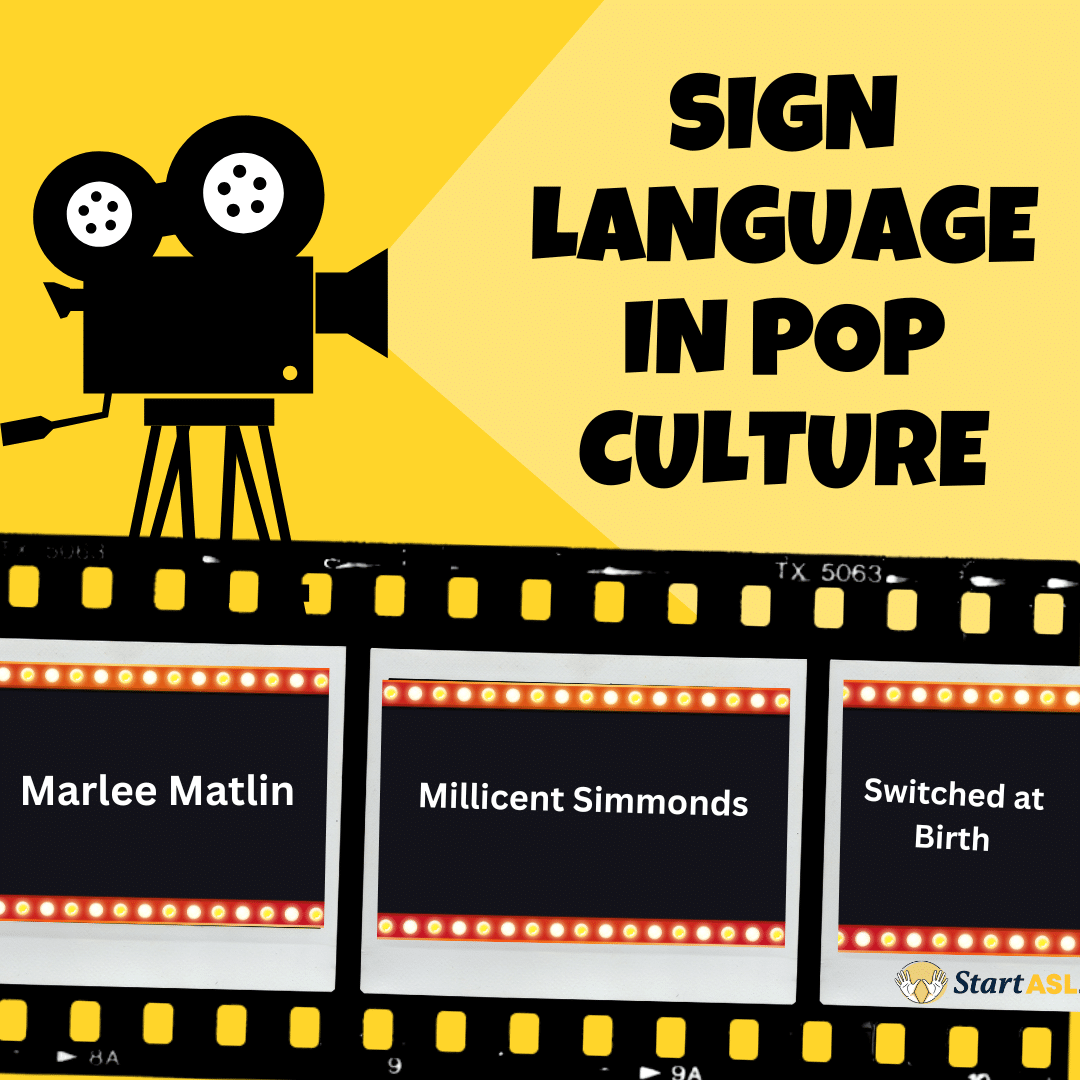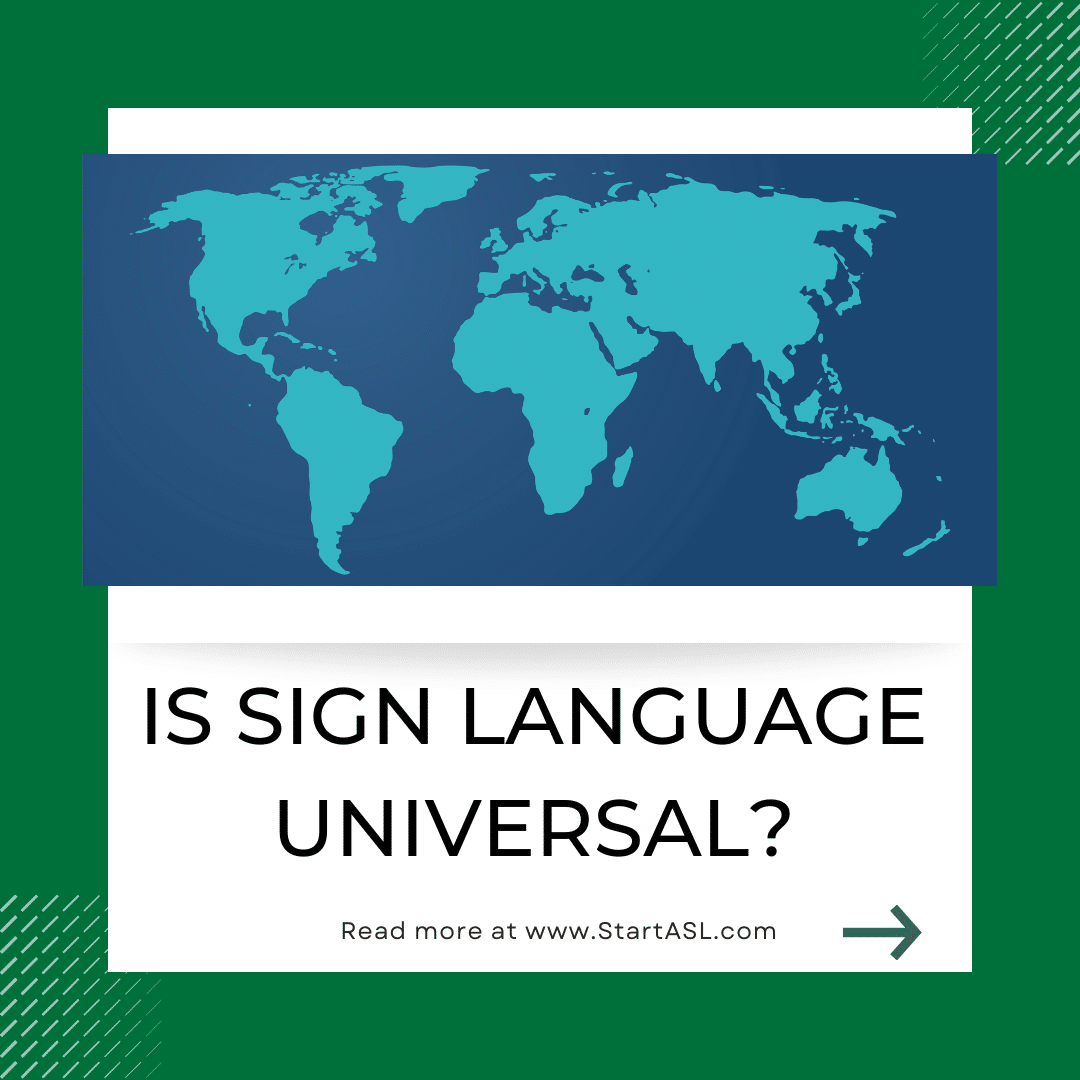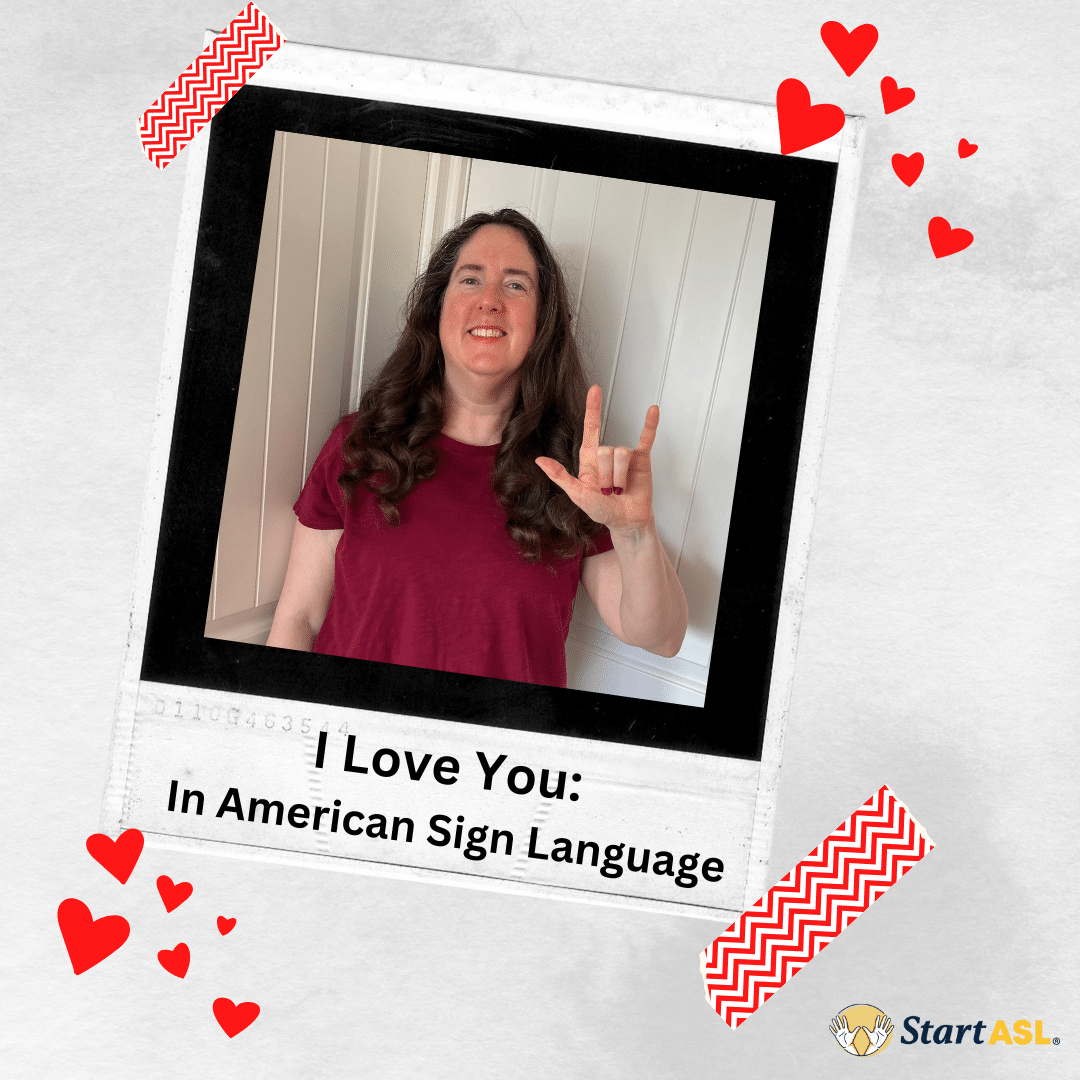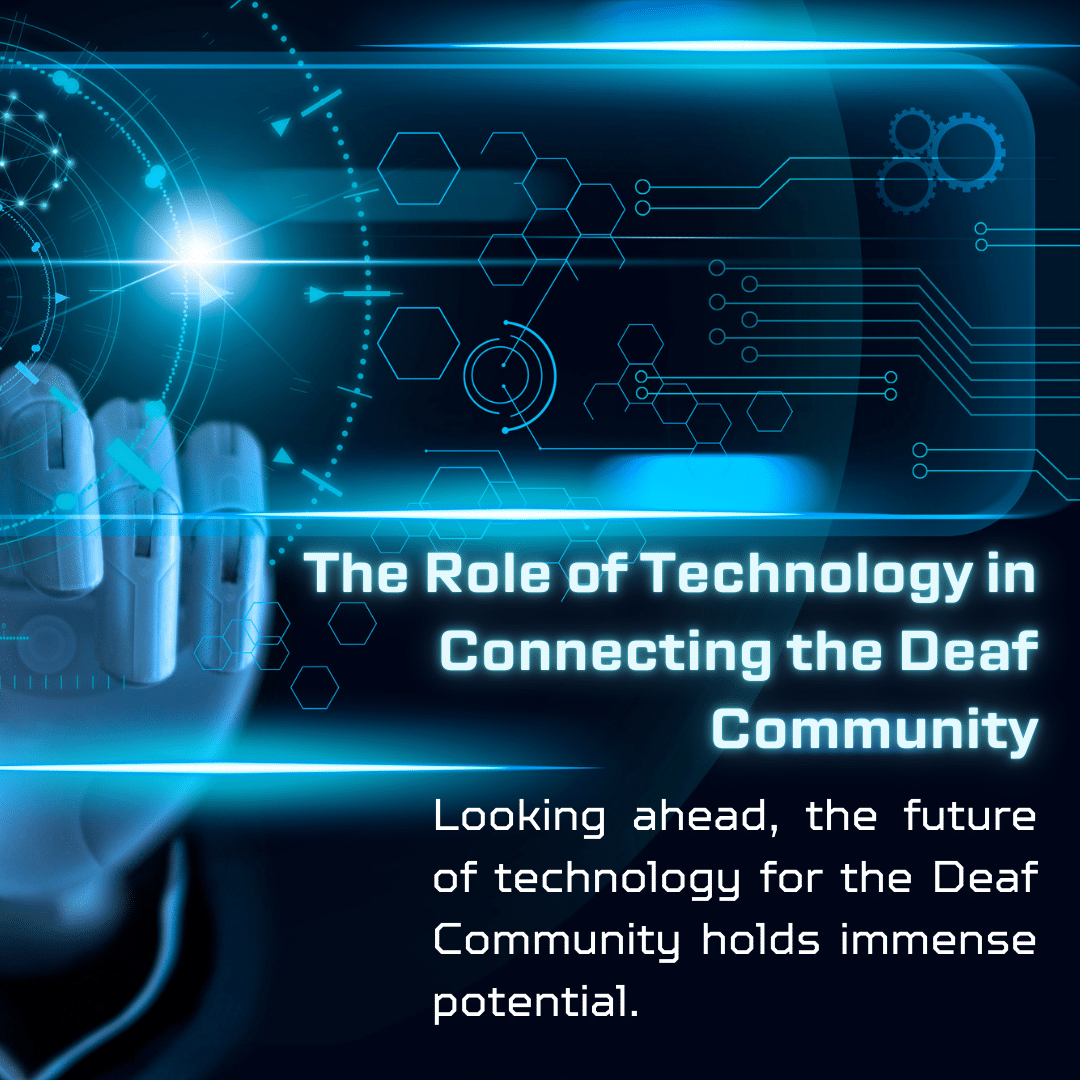
Learn ASL through Pop Culture: Deaf Representation in the Media
Learn ASL through Pop Culture
A handy way to learn ASL (American Sign Language) is by watching Deaf characters use signs in movies, videos, and TV shows. Today, viewers in the US and other parts of the world are doing so more frequently than ever. One reason for this change is the greater number of Deaf actors and performers appearing in various media. Another is heightened sensitivity to the importance of minority communities to the welfare and progress of society.
For decades, Deaf people were inaccurately portrayed or completely ignored in movies and on TV. This situation left many in the Deaf community feeling underrepresented and left out of mainstream culture. It also hindered the hearing community’s knowledge about Deaf people and their way of life.
However, in recent years Deaf representation in Hollywood has grown. Positive change has occurred in the way Deaf people are depicted on screen. From lighthearted TV comedies to serious movie dramas, the Deaf community’s image is getting more refined, accurate, and inclusive.
In this article, we’ll examine Deaf representation in popular media. We’ll also discuss the use of American Sign Language in these media and the benefits of choosing to learn ASL yourself.
Learn ASL: Exploring Deaf Representation in Pop Culture
How a group is represented in films, videos, and TV shows has great power in shaping public opinion, and the Deaf community is no exception. This is also true for the community’s chief medium of communication, ASL. Showing Deaf characters in the act of using sign language can erase stereotypes. It can also help to uplift and empower the real-world Deaf community and enhance hearing people’s desire to learn ASL.
American Sign Language: A New Pop Culture Phenomenon
The TV program Switched at Birth and YouTube videos like that for Paul McCartney’s song “My Valentine” highlight ASL. Such shows and videos increasingly expose viewers to sign language. And by seeing Deaf characters communicate through signs, millions also gain Deaf awareness, with many thus choosing to learn ASL. Moreover, pop culture is commonly defined as “commercial culture based on popular taste.” Consequently, with over 2.5 million viewers, music videos featuring ASL, like “My Valentine” clearly reflect popular taste.
ASL is the most widespread sign language in the United States and Canada. It’s used by Deaf and Hard-of-hearing people and also by their family members, friends, teachers, and associates. What’s more, ASL is getting more applications in mainstream media outlets such as networks and satellite TV channels.
The fact that ASL is becoming popular in the media shows that sign language can express deep emotions, including love, longing, and hope. For example, in the “My Valentine” video, two lovers convey these feelings by signing to each other. As the MTV website states, “’ My Valentine’ features Oscar winner Natalie Portman and Johnny Depp emoting heavily while using sign language to perform the song’s lyrics.”
Like music and dance, ASL is gaining acceptance because they’re all universally expressive languages. While ASL’s name contains the word “language,” it’s more than just a means of communication for Deaf people. It’s also a powerful tool for personal expression.
Overview of American Sign Language in the Media
By featuring ASL and Deaf culture in movies, videos, and TV shows, the entertainment industry enhances Deaf inclusion. In addition, showing respect for Deaf culture and its language through accurate portrayals and consulting with Deaf people during production benefits everyone.
American Sign Language in Movies
Most of the public learns about Deaf culture through mainstream media, so hearing people benefit significantly from accurate Deaf representations. However, such portrayals often only include sign language use and Deaf characters to add interest to a story. Experts should be consulted more. In addition, these depictions tend to exaggerate traditional Deaf tropes without including details about Deaf cultural behavior. However, such fine points about Deaf life must be seen and appreciated by both hearing and Deaf audiences.
When featuring Deaf people and ASL in a film or show, it’s essential to employ Deaf and ASL talent in all aspects of production. Calling attention to shortcomings and errors will result in greater accuracy, authenticity, and accountability. When current Deaf media representations are true-to-life, genuine portrayals will become increasingly achievable.
The Impact of ASL in Movies on Deaf and Hearing Audience Members
The inclusion of Deaf actors and performers who use American Sign Language has a positive impact on both Deaf and hearing viewers. For example, in an article on the Today Show website, reporter Meghan Holohan wrote, “CODA has certainly sparked conversations in the Deaf community. The film focuses on Ruby, a child of Deaf adults, and her relationship with her parents and brother, all of whom are Deaf. Audiences loved the movie, and many appreciate that Deaf actors play all the Deaf characters.”
Positive Examples of ASL Use in Recent Movies
2021’s Academy Award-winning movie CODA is among many recent films to feature the use of sign language. The movie includes the same number of scenes in ASL as in spoken English. It also has three main cast members who are Deaf — Marlee Matlin, Troy Kotsur, and Daniel Durant. Director Siân Heder consulted with American Sign Language experts and interpreters to ensure that the film’s ASL sequences were done correctly. He also wanted to keep the Deaf representation as realistic as possible.
Since 2020 a notable upsurge in the use of sign language has occurred on the big screen. Besides CODA, other films that feature Deaf actors using ASL are Eternals, Sound of Metal, Hawkeye, and A Quiet Place 2.
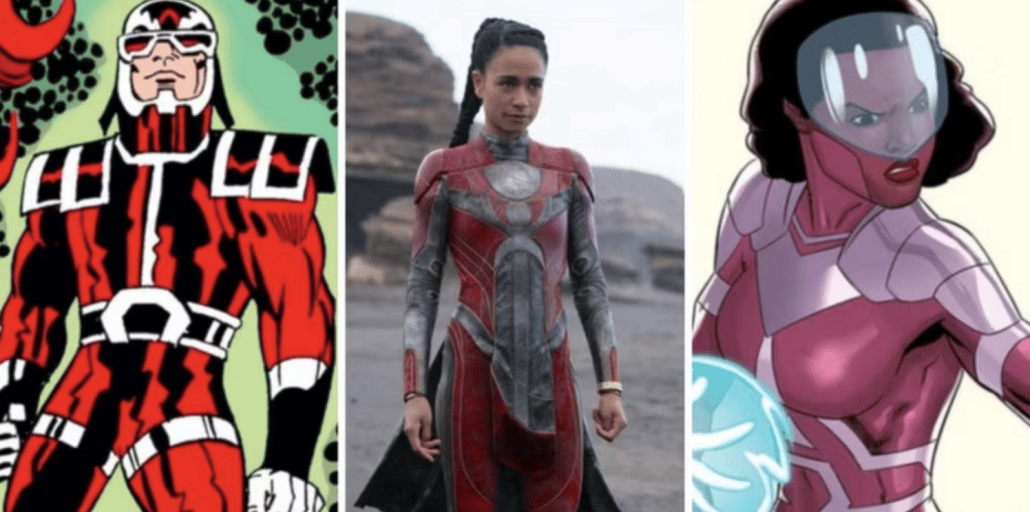
In Eternals, Deaf actress Lauren Ridloff plays Makkari, a Deaf superhero who can read lips and sense the vibrations of speech. But she interacts with the other characters using American Sign Language. Ms. Ridloff made Marvel Cinematic Universe history by being the first Deaf character featured in a major role. Makkari quickly became a fan favorite and generated some real-world support for ASL and the Deaf community in the process. According to the language-learning company Preply, a 250% increase in online inquiries about learning sign language occurred after the Eternals debut.
Similarly, an article on The Conversation website states, “CODA is not only a major win for Troy Kotsur and his fellow Deaf performers Marlee Matlin and Daniel Durant. It is a win for everyone who has struggled to feel included in screen media, on the surface, and in the medium itself.”
Positive Deaf Representation is a Win-Win Situation for Everyone
The moves mentioned above by the media benefit Deaf representation in Hollywood since these productions hired Deaf performers and consultants. This trend may lead to normalizing deafness, creating more jobs for the Deaf, and inspiring more hearing people to learn ASL.
In conclusion, positive Deaf representations in pop culture can help to create a greater understanding of the Deaf experience. Seeing accurate portrayals of Deaf people on TV and in films and videos helps break down stereotypes. It also encourages viewers to think more deeply about issues of diversity and inclusivity.
In addition, more excellent Deaf representation in popular culture can provide role models for younger generations of Deaf people. It can also encourage them to pursue their dreams. As more stories featuring Deaf characters are produced for films and television, the public will come to understand the Deaf experience better. And this, in turn, will lead to greater inclusivity and acceptance by mainstream society.
American Sign Language is a gateway into the Deaf and Hard-of-hearing community. It’s also a powerful tool of communication for anyone with an interest in learning it. Are you curious? Start by checking out the many learning options on the Start ASL website.



